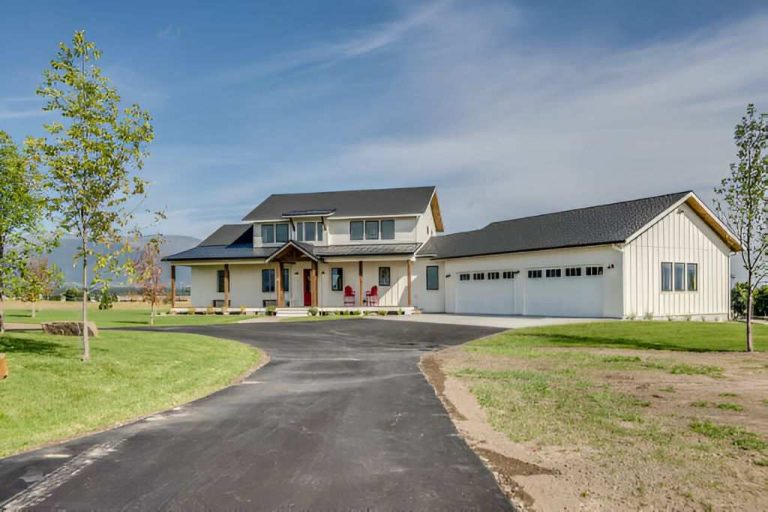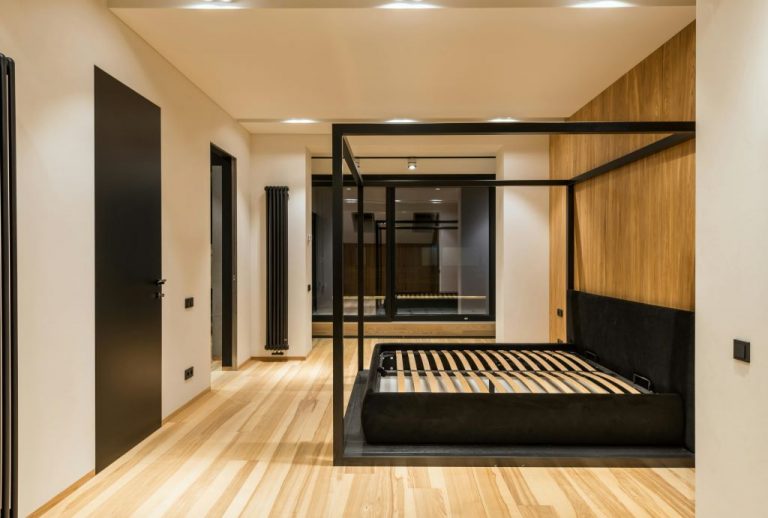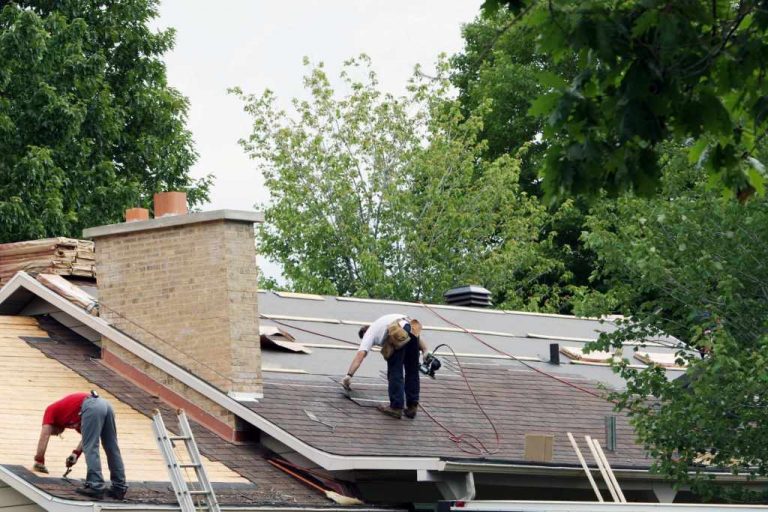Home renovations can be both exciting and daunting, marked by the promise of a refreshed living space and the challenges that come with it. For the elderly, these projects can be particularly overwhelming, as they often involve disruptions to familiar environments and routines.
In this comprehensive guide, we will explore ways to ensure the comfort and well-being of elderly individuals during home upgrades, providing practical tips and insights for a smooth renovation experience.
Understanding the Unique Needs of the Elderly
Before undertaking any home renovation project, a comprehensive understanding of the specific needs of elderly individuals is paramount. In this section, we delve into the nuances of catering to the elderly, addressing both physical limitations and cognitive considerations to ensure a tailored and supportive approach.
1. Recognizing Physical Limitations
Before diving into the renovation process, it is crucial to understand the specific needs of elderly individuals. Physical limitations, such as reduced mobility and strength, may require special considerations in the design and execution of home upgrades. From ramps to grab bars, incorporating these elements can enhance accessibility and safety.
2. Addressing Cognitive Considerations
In addition to physical challenges, cognitive considerations must be taken into account. Memory loss, confusion, and other cognitive issues may necessitate modifications to the home environment to minimize potential risks. Implementing features like clear signage and simplified layouts can significantly contribute to the overall well-being of elderly residents.
Planning for Comfortable Living During Renovations
Embarking on a home renovation project requires meticulous planning to ensure the comfort and well-being of elderly residents. You can get help from elderly care services to prioritize safety and accessibility to create homes that promote both comfort and joy for our cherished seniors.
In this section, we explore practical strategies for minimizing disruptions and creating a living environment that remains conducive to the needs of the elderly during the renovation process.

1. Creating Temporary Living Spaces
One effective strategy to ensure the comfort of elderly individuals during home upgrades is to establish temporary living spaces. This may involve setting up a designated area within the home or arranging alternative accommodation for the duration of the renovation. By carefully planning and communicating these arrangements, the impact on daily routines can be minimized.
2. Establishing a Communication Plan
Open and transparent communication is key to a successful renovation, especially when catering to the needs of elderly residents. Regular updates on the progress of the project, potential disruptions, and any changes to the living arrangements can help alleviate anxiety and foster a sense of security.
3. Prioritizing Essential Spaces
When planning the renovation schedule, it is essential to prioritize the upgrade of spaces that are crucial for the well-being of elderly individuals. This may include bedrooms, bathrooms, and common areas. By addressing these areas first, the impact on daily life can be minimized, ensuring a more comfortable living situation during the renovation process.
Designing Elderly-Friendly Spaces
Creating a home that is both aesthetically pleasing and functional for elderly residents involves thoughtful design and careful consideration of their unique needs. In this section, we delve into key principles and strategies for designing elderly-friendly spaces that prioritize accessibility, safety, and comfort.
1. Incorporating Universal Design Principles
Universal design principles focus on creating spaces that are accessible to people of all ages and abilities. Implementing features like wider doorways, lever-style door handles, and non-slip flooring can significantly enhance the overall accessibility and safety of a home for elderly residents.

2. Installing Assistive Technology
Advancements in technology have paved the way for various assistive devices designed to improve the quality of life for elderly individuals. From smart home systems to medical alert devices, integrating these technologies into the home can provide an added layer of safety and convenience.
3. Maximizing Natural Light and Ventilation
Well-lit and well-ventilated spaces contribute to a positive living environment, especially for the elderly. When renovating, consider maximizing the use of natural light through larger windows and strategically placed skylights. Adequate ventilation is equally important, promoting a fresh and comfortable atmosphere.
Navigating the Emotional Impact of Renovations
Renovations, while promising positive changes, can be emotionally challenging for individuals of all ages. For the elderly, the disruption to their familiar environment can evoke a range of emotions. In this section, we explore strategies to provide emotional support and foster a positive mindset during the renovation process.
1. Offering Emotional Support
The upheaval caused by home renovations can be emotionally taxing for anyone, and the elderly are no exception. Providing emotional support through regular check-ins, counseling services, or even arranging social activities can help alleviate stress and foster a positive mindset during the renovation process.
2. Engaging in the Decision-Making Process
Involving elderly residents in the decision-making process empowers them and helps create a sense of control amid the chaos of renovations. From choosing paint colors to selecting furniture, allowing them to participate in these decisions fosters a feeling of ownership and investment in the outcome of the project.
Post-Renovation Transition and Adjustment
The completion of a home renovation marks the end of a transformative journey, but for elderly residents, it’s also the beginning of a crucial transition period. This phase demands careful attention to ensure a seamless adjustment to the newly renovated living space. Here, we delve into essential considerations for post-renovation transition and adjustment for elderly individuals.

1. Gradual Return to Normalcy
As the renovation project nears completion, a gradual return to normalcy is crucial for the well-being of elderly residents. This may involve a phased move back into the renovated spaces, allowing them to adjust at their own pace. A well-thought-out transition plan can make this process smoother and more manageable.
2. Implementing Safety Checks
Before the renovation is complete, thorough safety checks must be conducted. This includes ensuring the proper installation of assistive devices, verifying the stability of ramps and handrails, and addressing any potential hazards. A safe and secure living environment is paramount for the elderly.
Conclusion
In conclusion, renovating a home with elderly residents requires thoughtful planning and a comprehensive understanding of their unique needs. From recognizing physical and cognitive limitations to designing elderly-friendly spaces and providing emotional support, this guide has covered various aspects to ensure the comfort and well-being of elderly individuals during home upgrades.
By incorporating these strategies, renovations can become a positive and transformative experience, enhancing the living conditions for elderly residents and promoting a sense of security and happiness in their homes.











